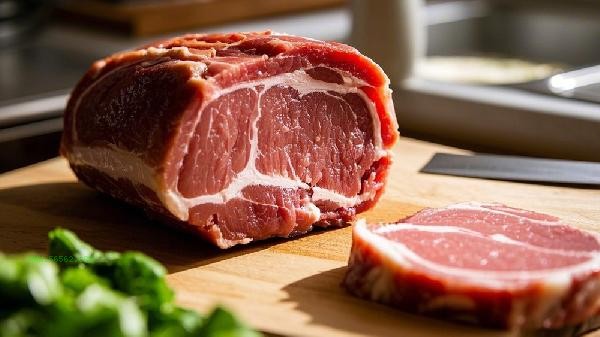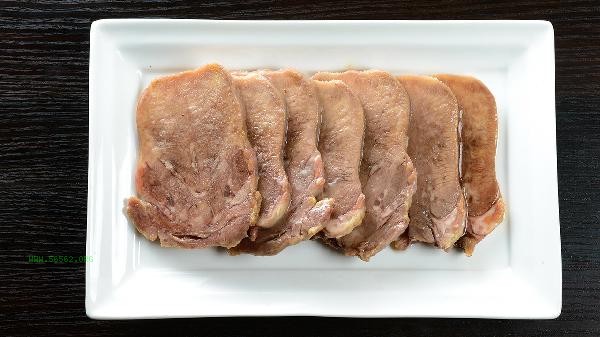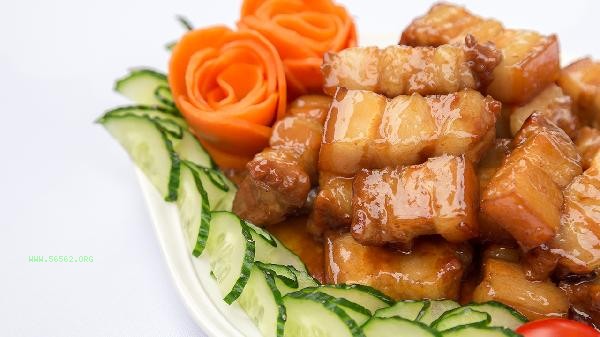The gamey taste of pork is mainly related to factors such as feed composition, hormone residues in boars, slaughter treatment methods, storage conditions, and breed differences.

1. Feed Composition
If pig feed contains a large amount of special ingredients such as fish meal and soybean meal, it may cause meat to produce a strange odor. Some plant-based feeds, such as rapeseed, contain glucosinolates that may form compounds with irritating odors after metabolism in pigs. Pigs that consume this type of feed for a long time are prone to accumulating odor substances in their adipose tissue, leading to the release of a gamey odor during cooking.
2. Hormone residues in boars
Undescended boars have higher levels of testosterone in their bodies, which can produce substances such as testosterone and skatole. These compounds deposit in fat and remain even after slaughter treatment. China requires that commercial pigs must be castrated, but if some farmers do not operate in a standardized manner, it may result in pork with a noticeable fishy smell.
3. Slaughtering Processing
If the bleeding is not thorough during slaughter, residual blood will oxidize and decompose in the meat, producing a fishy smell. If not cooled in time or treated improperly after slaughter, glycogen in muscles will be abnormally broken down into substances such as lactic acid. Improper temperature control during transportation can cause slight spoilage of the meat and exacerbate unpleasant odors.

4. Storage Conditions
Pork undergoes oxidation of fat during refrigeration, producing volatile substances such as aldehydes and ketones. Excessive freezing time or repeated freeze-thaw cycles can damage the structure of muscle cells, releasing hemoglobin and myoglobin, and producing a metallic odor when in contact with air. Vacuum packaging damage causes meat to come into contact with oxygen, accelerating fat deterioration and producing a rancid taste.
5. Variety difference
Some local pig breeds, such as Tibetan Xiang pig and the Taihu Lake pig, have high fat content, and the proportion of unsaturated fatty acids in fat is large, which is easier to oxidize to produce special smell. Modern commercial pigs, after breed improvement, usually have a milder gamey smell. The concentration of odorous substances in different parts of meat, such as fatty meat and internal organs, is usually higher than that in lean meat.

When purchasing, you can observe whether the meat color is bright and whether there is elasticity when pressed, and avoid choosing pork with a sticky surface or obvious odor. Soaking or blanching in water before cooking can remove some fishy odors, and adding seasonings such as ginger and cooking wine can also neutralize odors. It is recommended to choose cold fresh meat from legitimate channels and avoid purchasing privately slaughtered meat that has not been inspected and quarantined. Daily storage should be sealed and refrigerated, and consumed within three days. Long term storage should be packaged and frozen, and the air inside the bag should be purged.








Comments (0)
Leave a Comment
No comments yet
Be the first to share your thoughts!